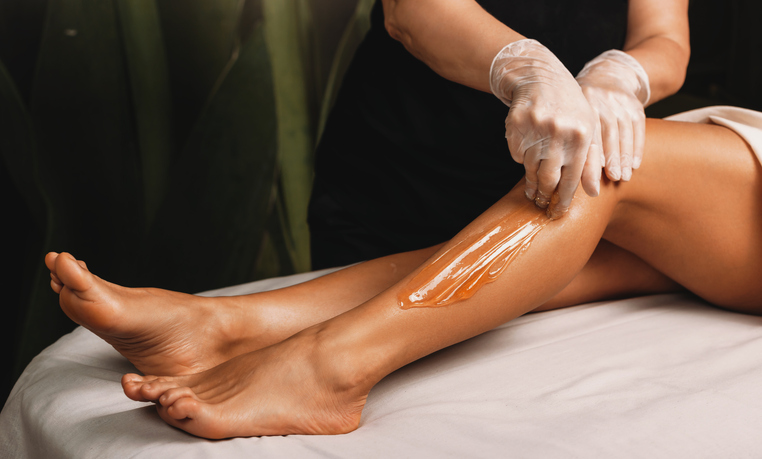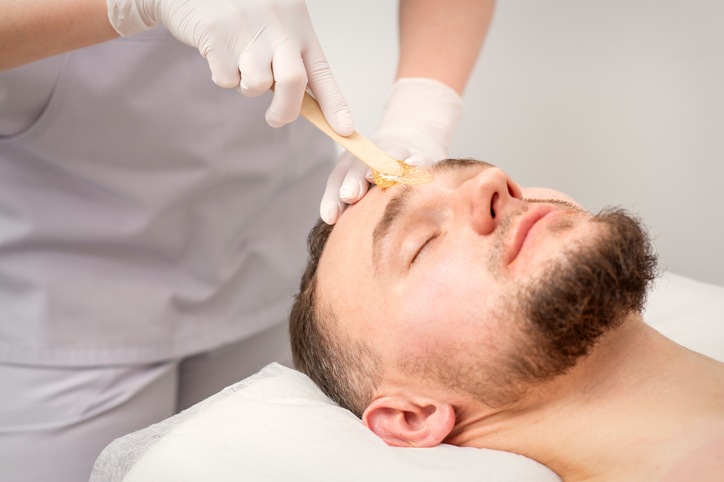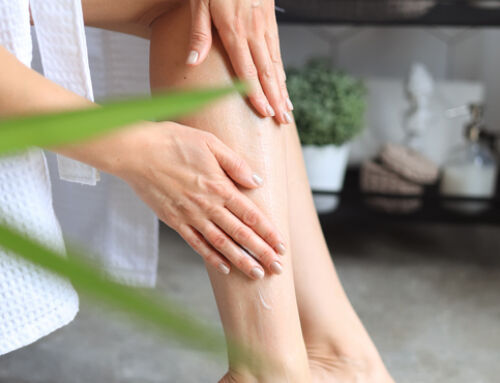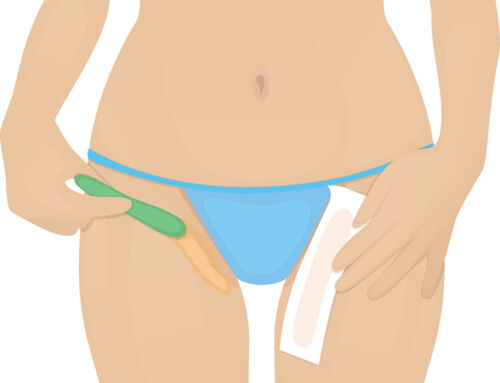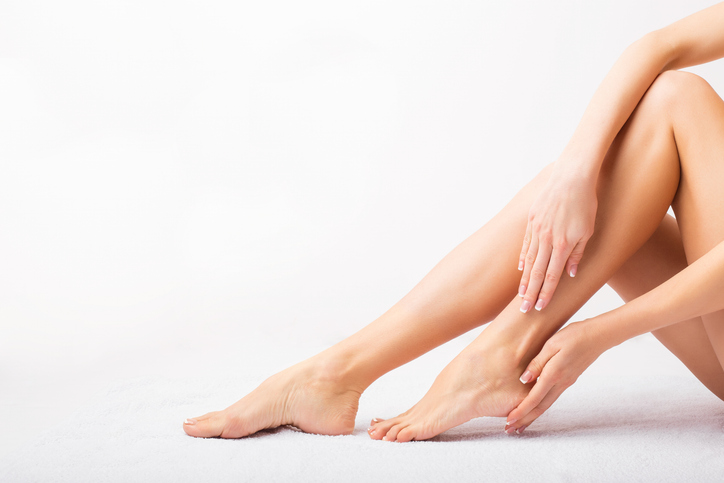
Waxing is a popular method of hair removal because of its long-lasting benefits and smooth skin finish. However, for those with sensitive skin, the process might be scary. If you have sensitive skin, it’s critical to use the proper wax for sensitive skin and adhere to certain rules to avoid irritation and produce the best results. In this article, we’ll go over seven useful techniques for waxing sensitive skin that can help you have a more comfortable and successful waxing experience.
1. Choose the Best Wax for Sensitive Skin:
When it comes to choosing the best wax for sensitive skin, there are a few key factors to consider. Here’s an explanation of how to choose the best wax for sensitive skin:
Look for Formulations Specifically for Sensitive Skin: Choose waxes that are specifically developed for delicate skin. These waxes are frequently made with gentle chemicals that are less prone to irritate or produce bad reactions. Chamomile, aloe vera, and other plant compounds with soothing characteristics might help reduce discomfort during and after the waxing procedure.
Avoid Harsh Chemicals: Harsh chemicals and artificial perfumes can aggravate sensitivity and cause skin irritation. When choosing a wax, look over the ingredient list and avoid waxes that contain parabens, sulfates, or colors. Instead, choose waxes made from natural and hypoallergenic components for a softer experience for sensitive skin.
Consider Stripless Wax: Stripless waxes, also known as hard waxes, are a popular option for people who have sensitive skin. These waxes, unlike standard strip waxes, do not require the use of cloth or paper strips to remove. Stripless waxes cling to the hair but not to the skin, allowing for smoother hair removal with less pulling and twisting. They are especially effective on sensitive areas like the bikini line, underarms, and face.
Read Reviews and Seek Recommendations: Before choosing a wax product, check customer reviews and ask for recommendations from people with sensitive skin. Their insights about the efficiency and suitability of various waxing products can be invaluable. Additionally, seek professional advice from estheticians or dermatologists on the best waxing alternatives for your sensitive skin.
By taking these aspects into account and choosing a wax that is specifically prepared for sensitive skin, you may reduce the likelihood of irritation and create a more comfortable waxing session. Keep in mind that everyone’s skin is different, so it may take some trial and error to discover the best wax for you.
2. Perform a Patch Test:
Before applying wax to wider regions of sensitive skin, a patch test should be performed. Apply a small amount of wax to a small area of your skin as usual, and wait 24 hours to see if there are any bad responses. If you have redness, itching, or irritation, it’s advisable to try another wax or see a skin professional.
3. Prep Your Skin:
Taking the time to properly prepare your skin before waxing will help decrease discomfort and lessen the chance of irritation. To eliminate dead skin cells and avoid ingrown hairs, exfoliate the skin gently a day or two before waxing. Additionally, to guarantee excellent adherence, make sure your skin is clean and dry before applying wax.
4. Trim Hair Length:
If the hair you wish to wax is too long, consider reducing it to a more manageable length. Long hair can make the waxing process more painful and create extra skin straining. Trimming the hair to a quarter-inch length will help the wax adhere better and prevent irritation.
5. Control Temperature:
When putting wax on sensitive skin, it’s critical to pay attention to the temperature of the wax. Always follow the waxing product’s instructions and make sure it’s heated to the proper temperature. Overheated wax can burn the skin, while too-cold wax may not adhere correctly, resulting in poor hair removal.
6. Apply Thin Layers:
Individuals with sensitive skin must apply a small coating of wax. Thick layers of wax can be more difficult to remove and might cause skin irritation. Apply a thin, even coating of wax in the direction of hair growth to ensure full coverage with little accumulation.
7. Practice Proper Aftercare:
After waxing sensitive skin, it is critical to follow adequate aftercare to soothe and preserve the skin. To hydrate the skin and alleviate any redness or irritation, apply a mild, fragrance-free moisturizer. For at least 24 hours after waxing, avoid hot showers, saunas, and any other activity that may produce excessive perspiration. It’s also critical to keep the waxed area out of the sun by using sunscreen or wearing protective gear.
Waxing can be a useful hair removal option for people with sensitive skin if necessary precautions are taken. You may limit discomfort and lessen the chance of irritation by selecting the best wax for sensitive skin, conducting patch testing, appropriately prepping the skin, managing the wax temperature, and applying thin layers. Remember to maintain the health and beauty of your waxed skin by following correct aftercare procedures. You may experience smooth, hair-free skin while keeping your sensitive skin happy and healthy if you follow these seven guidelines.
To learn more about wax for sensitive skin, check out Shop Sweet Heart Wax!
SweetHeart Wax offers gentle, vegan, and organic wax for sensitive skin. Visit our website right now to get a skin-friendly hair removal treatment that matches your needs. Say goodbye to annoyance and inconvenience. Order now for a more gentle and long-lasting waxing experience!
